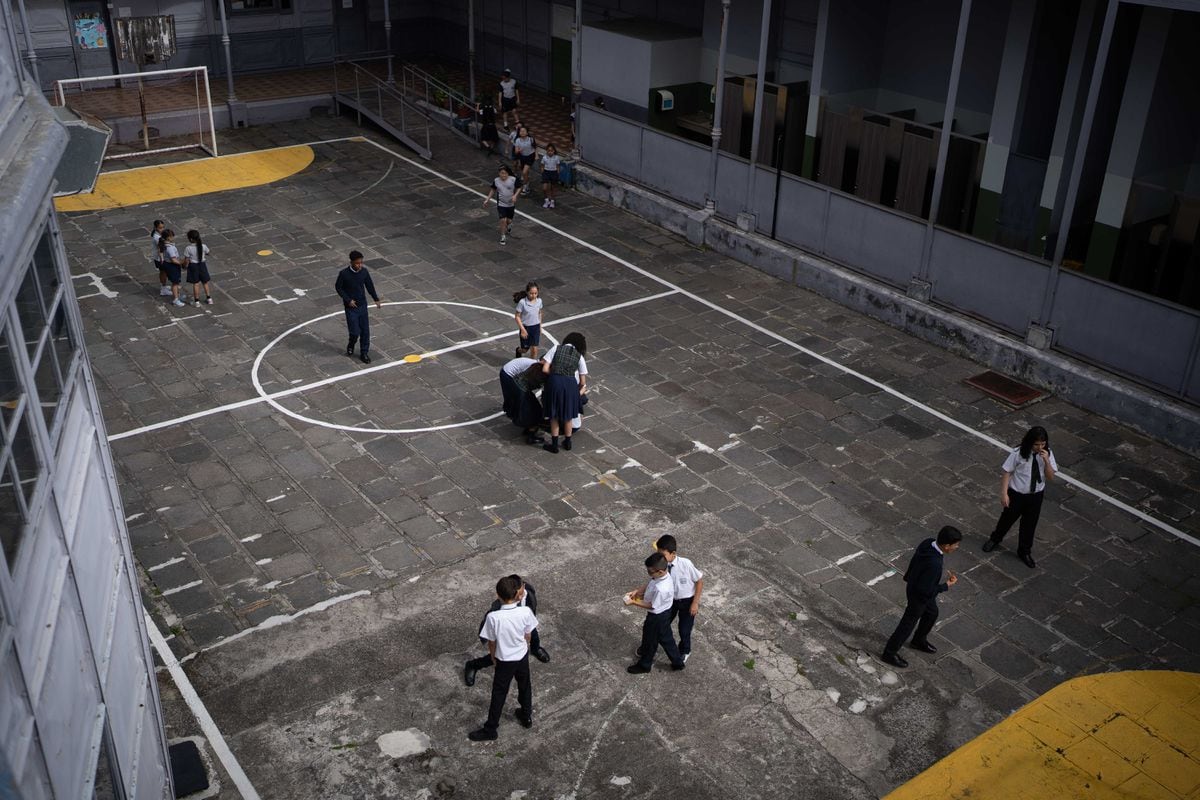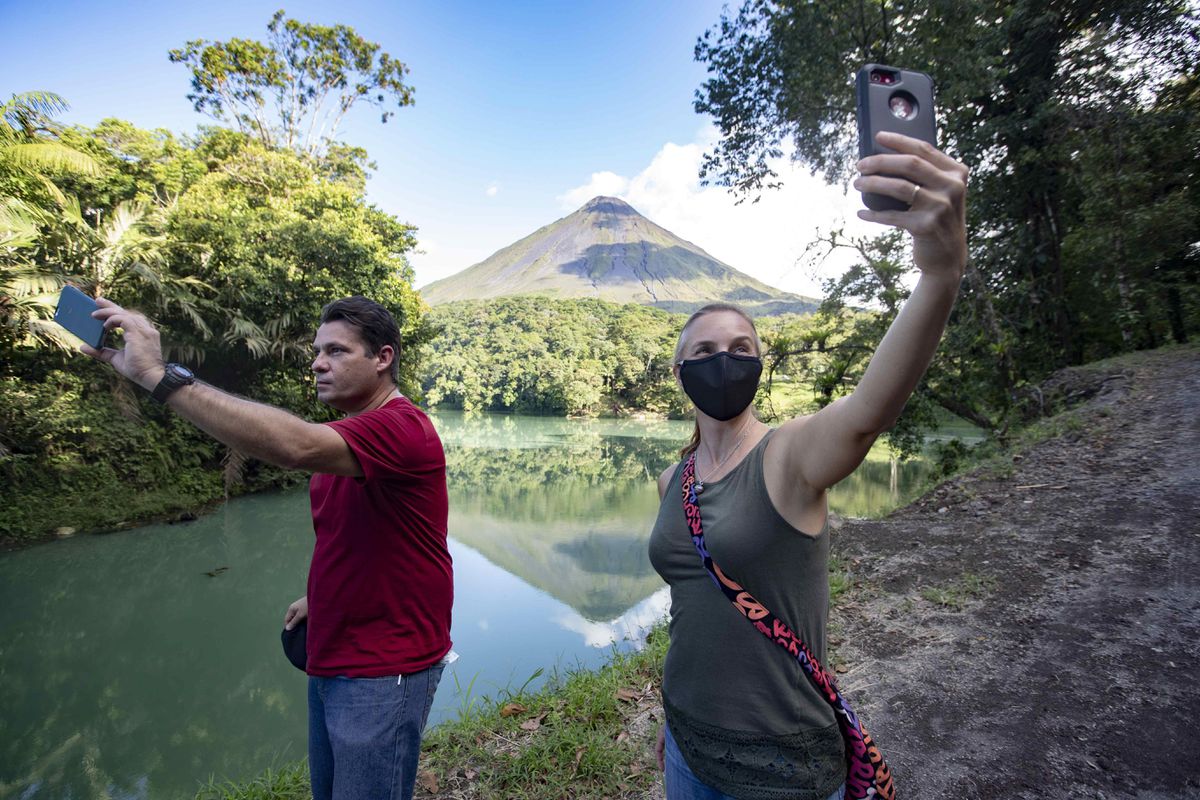Costa Rica holds two records. This verdant Central American paradise is the world's leading pineapple producer. It is also, according to the FAO (the food organization of the United Nations), the first user per hectare of pesticides! For local populations, the consequences can be serious: in certain producing regions, a pesticide called bromacil has permanently contaminated the sources.
For the inhabitants, it is better then to forget tap water: the only drinking water is that transported by tankers ... Bromacil may have been banned in Costa Rica in 2017, "the cleaning of sources will take years", alarmed Jorge Mora Portuguez, President of the Central American Association for Water and the Environment (ARCA).
Pesticides banned in Europe
The health situation is therefore not ideal for Costa Ricans. Nor is it for French consumers. A fraud repression survey (DGCCRF) published in 2019 revealed that pineapple was the fruit that most regularly exceeded the maximum pesticide residue limits (MRLs) authorized by Europe. The samples did not find bromacil, but triadimenol and triadimefon, banned in Europe since 2017 because of their toxicity.
The study of the DGCCRF having been carried out this same year 2017, we can assume that these chemicals are no longer present in the pineapples sold today in early shelves. But this is only an assumption.
How to recognize a ripe pineapple
What about the taste? Marine Zerbib, pastry chef at Frenchie restaurants in Paris, a benchmark for gourmets, gave us a blind test of three pineapples from three distinct countries: a French fruit (the famous "Victoria" from Reunion Island), one from Togo and another from Costa Rica.
The opportunity to learn that a ripe pineapple can be recognized by its powerful odor, its supple skin and the leaves of its forelock, which must be easy to tear off.
In the tasting test, Costa Rica came last. "No surprise," notes Marine Zerbib. But perhaps not for the reasons that we expected: of the three fruits, it is the only one, which was transported to Paris by boat.
Newsletter - The essentials of the news
Every morning, the news seen by Le ParisienI'm registering
Your email address is collected by Le Parisien to allow you to receive our news and commercial offers. Find out more
The other two were transported by plane: the guarantee of ripe fruit ... but also, sinister consideration, a carbon footprint 44 times heavier, according to figures from the British government (Defra).


/cloudfront-eu-central-1.images.arcpublishing.com/prisa/HLK7GOESWRBMZA2KE2VATJISN4.jpg)

/cloudfront-eu-central-1.images.arcpublishing.com/prisa/UV3W7FGVLQV4YMBZZC35MYZFPY.jpg)




/cloudfront-eu-central-1.images.arcpublishing.com/prisa/RHYRDMQQ7BG5JOUSKAXBLKE6YE.jpg)





